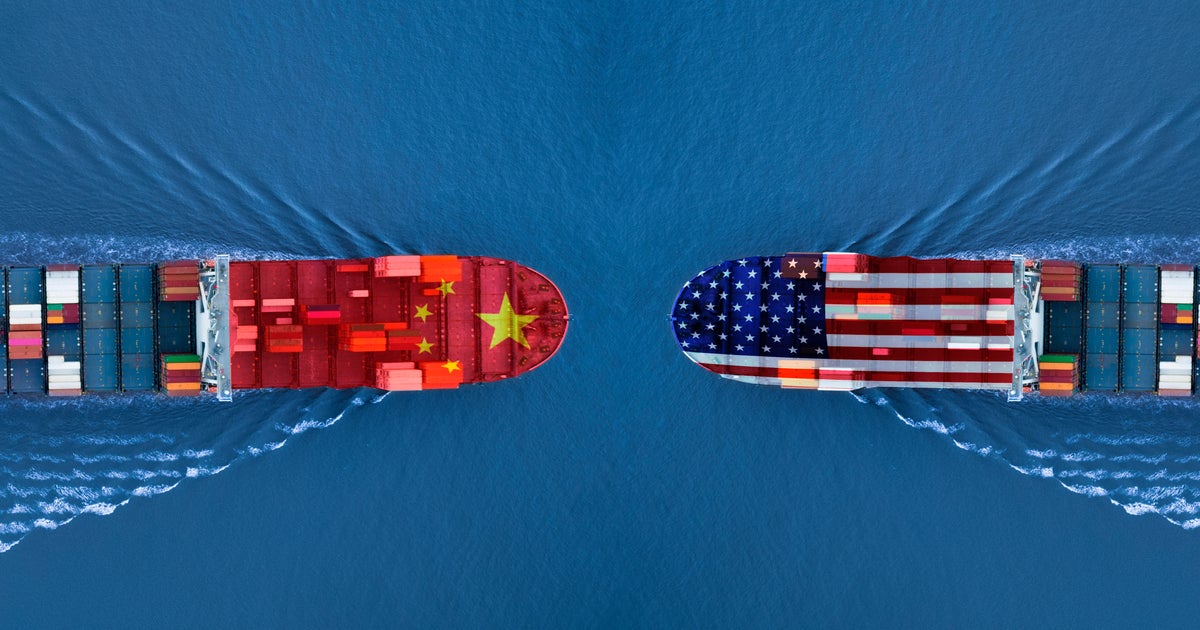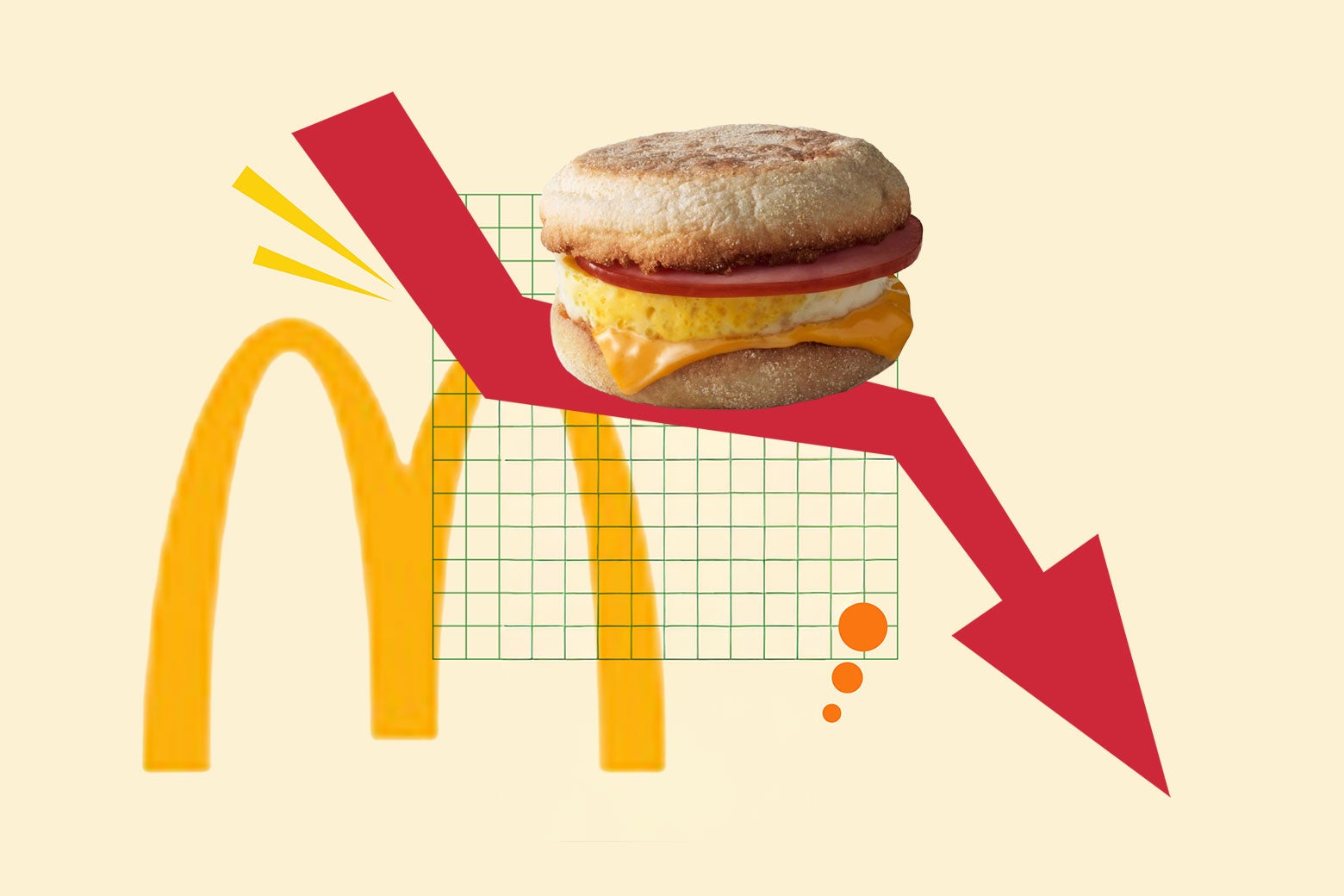The True Cost of Fashion: How Tariffs Inflate Swimwear Prices
When a $119 swimsuit suddenly costs $360 at checkout, consumers are left wondering where the extra $241 comes from. The answer lies in complex trade policies and hidden tariffs that dramatically inflate clothing prices. As global trade tensions persist, tariffs on imported textiles and apparel continue to squeeze both retailers and shoppers, with swimwear emerging as one of the hardest-hit categories. This investigation reveals how protectionist policies translate to staggering price tags at your local boutique.
The Tariff Toll on Textiles
According to U.S. International Trade Commission data, apparel imports face an average tariff rate of 11.3%—nearly five times higher than the 2.5% average for other consumer goods. Swimwear specifically carries duties ranging from 15-28% depending on material composition. These costs cascade through the supply chain before landing in consumers’ laps.
“Tariffs function like a hidden sales tax that disproportionately impacts middle-class shoppers,” explains Dr. Elena Rodriguez, a trade policy analyst at Georgetown University. “A $20 tariff on a $50 garment might seem negligible, but when applied to high-quality materials and designer labels, the multiplier effect becomes substantial.”
The financial impact breaks down as follows:
- Base production cost: $119 (manufacturer price)
- Tariff at 25%: +$29.75
- Transport/logistics markup: +$42
- Retailer overhead/profit: +$169.25
Global Trade Policies Reshaping Retail
Current U.S. tariff structures originate from multiple trade agreements and disputes. Section 301 tariffs on Chinese goods—implemented during the Trump administration and largely maintained under Biden—add up to 25% on certain textile products. Meanwhile, the 2022 Uyghur Forced Labor Prevention Act blocked cotton imports from China’s Xinjiang region, further straining supply chains.
Fashion brands face difficult choices: absorb the costs and shrink profits, or pass them to consumers. Luxury swimwear designer Marcela Rios explains, “We’ve shifted some production to Peru and Turkey, but retooling supply chains takes 18-24 months. In the interim, customers are paying the price for geopolitical decisions made oceans away.”
Consumer Impact and Market Reactions
A 2023 Retail Economics study found apparel prices have outpaced general inflation by 37% since 2018. Swimwear shows the most dramatic increases due to its technical fabrics and specialized manufacturing. Consumers respond by:
- Delaying purchases (42% of shoppers)
- Switching to fast fashion alternatives (28%)
- Buying secondhand (19%)
However, budget options come with their own ethical and quality compromises. “There’s no free lunch in global trade,” notes Rodriguez. “Either we pay more for responsibly made goods, or we enable exploitative labor practices elsewhere.”
The Ripple Effects Across Industries
The swimwear tariff impact extends beyond retail:
- Tourism: Higher suit prices deter vacation spending
- Employment: Specialty retailers cut staff to offset costs
- Innovation: Design budgets shrink as margins tighten
Small businesses bear particular strain. Beachside boutique owner Liam Chen reports, “My swimwear sales dropped 30% last season. Customers balk at $300 price tags, even for premium brands they’ve bought for years.”
Future Outlook and Potential Solutions
Trade experts anticipate three potential developments:
- Tariff reductions: Possible easing of China tariffs post-2024 election
- Nearshoring: More production moving to Central/South America
- Technological solutions: Automated manufacturing reducing labor costs
In the interim, consumers can mitigate costs by:
- Purchasing during offseason sales
- Exploring tariff-free direct-to-consumer brands
- Investing in timeless styles with longer lifespans
As trade policies continue evolving, one reality remains constant: the true cost of fashion extends far beyond the price tag. Informed consumers who understand these economic forces can make smarter purchasing decisions while advocating for fairer trade practices. To track how specific tariffs affect your favorite brands, consult the U.S. International Trade Commission’s tariff database.
See more CCTV News Daily



